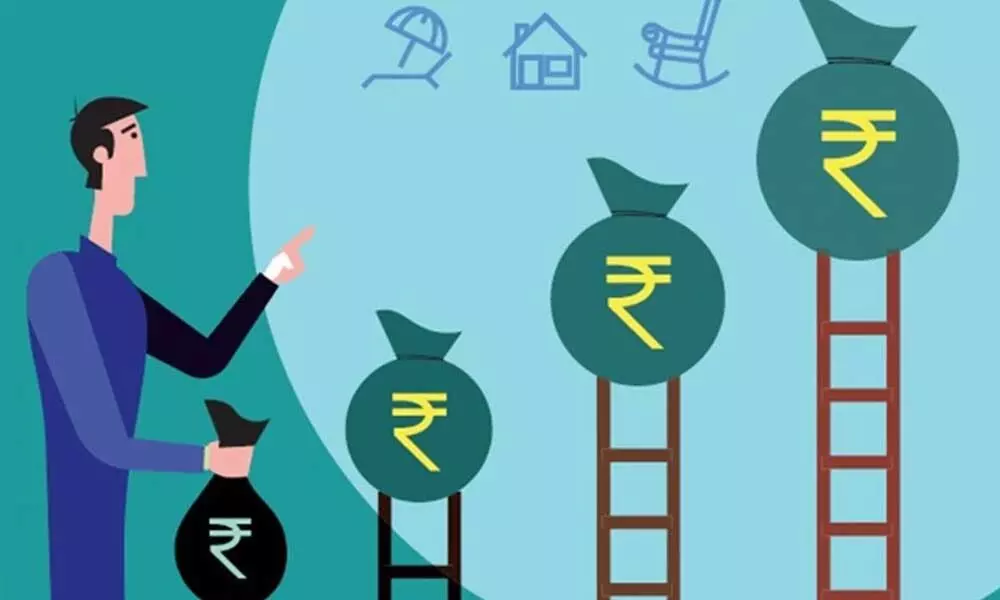AIF investment jumps to Rs. 1.8L cr in Q3
Investments by alternative investment funds (AIFs) jumped to over Rs 1.8 lakh crore in the quarter October-December 2020, rising nearly 30 per cent over the year-ago period.
image for illustrative purpose

New Delhi: Investments by alternative investment funds (AIFs) jumped to over Rs 1.8 lakh crore in the quarter October-December 2020, rising nearly 30 per cent over the year-ago period.
The investment made by AIFs stood at Rs 1,84,525.49 crore in the latest quarter while in the year-ago period the figure was Rs 1,42,115.104 crore, latest data available with markets regulator Sebi showed. In comparison to December 2019 quarter, the investment by AIFs in December 2020 quarter registered a growth of 29.84 per cent. At the end of September 2020 quarter, the investment stood at over Rs 1.65 lakh crore.
AIFs are funds established or incorporated in India for the purpose of pooling in capital from Indian and foreign investors for investing as per a pre-decided policy. Under the Sebi guidelines, AIFs can operate broadly in three categories. The category I AIFs pumped in Rs 17,929.01 crore, category II Rs 1,28,368.82 crore and category III Rs 38,227.66 crore during the period under review.
The category-I AIFs are those funds that get incentives from the government and regulators and include social venture, infrastructure and venture capital funds. The category-III AIFs are those trading with a view to making short-term returns and include hedge funds. The category-II AIFs can invest anywhere in any combination, but are prohibited from raising debt, except for meeting their day-to-day operational requirements.
These AIFs include private equity and debt funds or fund of funds. "The continued increase in AIF commitments showcases the interest in India," said Swastik Nigam, founder and CEO, Winvesta. The Indian government's recent focus on infrastructure will also increase the interest and capital formation in AIFs, he added.
"As a trend, private equity funds formed just before crises do very well. They have dry gunpowder, and in the midst of a crisis, policymakers and governments attempt to make the ecosystem attractive for investment through specialist schemes and tax incentives. The long term IRRs (internal rate of return) of such funds thus becomes very attractive," he further said.
Going forward, this trend is expected to continue with falling interest rates and as the economy prepares to accelerate in 2021, Nigam said.

